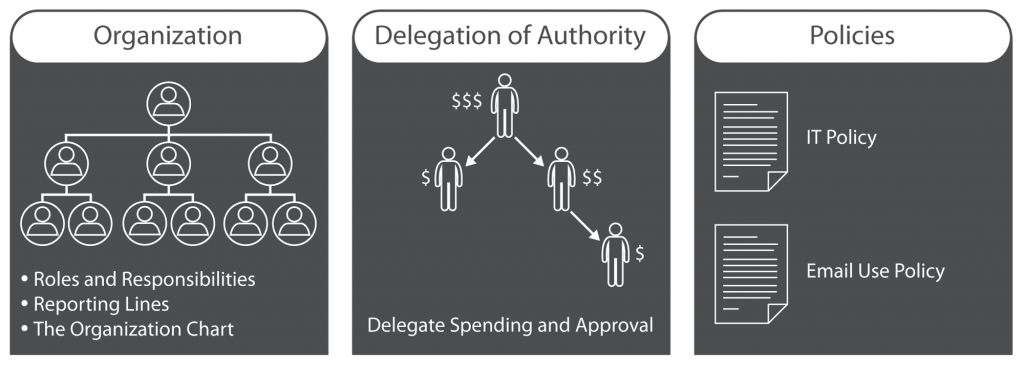
During the past three years, the economic cycle of the region, coupled with the influx of western-educated college graduates returning to the gulf, spurred an enormous level of attention to startups and technology, and spurred a venture focus that was hardly seen before. Young and capable entrepreneurs (commonly referred to as “Founder(s)”) and seasoned venture stage investors started coming together and looked to combine efforts to build business and generate value in the region.
Naturally, these ventures looked to the US’s thriving venture capital market for inspiration. And with that, the terms, Seed and Series A started being used commonly.
We previously, wrote about mechanics of venture investments, and discussed term sheets and due diligence, but it is worth taking a moment to fully explain the first real investment a Founder receives, the seed round, and set out what the parties expect to see in such round.
First, we start with the question, what is a Seed Round: In simple words, the Seed Round is the first organized investment round received into a business from a third-party investor. Founders commonly raise seed round during or at the end of the proof-of concept stage of the business and is geared to obtain funding in order to be able to launch a product as a service (“Seed Round”).
Before the Seed Round, the business would have been funded by the Founders and some of the “three Fs”, friends, family and fools. But because this is an organized investment by third parties who are mostly professional investors, Founders should expect this to be different, and to mark a change in the life of business.
Phases of the Seed Round:
Founders seeking to raise a seed round start by applying for funding with various venture capitals and angels. This process commonly involves many demands, meetings will include a one or two pages’ teaser about the business and a well-prepared pitch presentation. This process ends with an investor or a syndication of investors offering a term sheet to the Founders setting out a proposed investment terms.
What is a Term Sheet:
Once a founder receives a term sheet, it is highly advisable that she/she appoints a counsel to help with the rest of the transaction. But it is also common to see Seed Round without Founders’ counsel if the investment amount is small. The term sheet commonly sets out the following terms:
- Subscribed shares by the parties.
- Pre-valuation of the Company and its authorized capital.
- Distribution of shares amongst the shareholders.
- Amount of investment injected in the Company and the milestone (if any) set to reach this agreed investment.
- Agreed liquidation preference rights.
- Management of the Company.
- Transfer restrictions.
- Employees share option plan (if applicable).
- Intellectual property (“IP”) rights.
- Confidentiality and non-compete provisions.
- Governing law and the competent jurisdiction.
Once a Term Sheet is signed, the Founder and the Investor are ethically committed to negotiate and reach closing on an investment into the business. And with that commitment, the lawyers can proceed with the drafting of the Definitive Agreements.
The Definitive Agreements:
- Subscription agreement: An agreement where all the parties and the Company undertake their representations and warranties, the allotment and issuance of subscribed shares.
- Shareholders’ agreement: An agreement to draw the relationship between the shareholders and the legal structure of the Company, this agreement will include more details on most of the points agreed on in the Term Sheet.
- IP assignment agreement: To ensure that the Founder will assign and transfer to the Company all the copyrights and IP related to the Project, including but not limited to (trademarks, domain names, etc.).
- Founders’ agreement: An agreement between the Founder and the Company to ensure his/her commitment to the Company and to avoid any malpractice by the Founder. This agreement is usually requested by the Investor in order to protect their investment.
The above-mentioned agreements, in principal are considered the core of any Seed Round for a tech-startup. Naturally, some cases of course vary and Founders should not be rigid about variation.
Completion:
Once the Definitive Agreements are negotiated and finalized, and closing takes place, (ie. Funds are wired) the process is perfected by the various issuance of shares, enactment of resolutions, appointments of directors, and putting in place the new management structure.
The Seed Round is a very critical step for a business as it marks its graduation from a project that the Founders are passionate about to a business others believe in. it is important for all parties involved to complete the round and enter the new chapter in the life of the business with strong and well organized documents. We always advise the Founders to think about choosing the right fund needed for the business and not necessary the biggest one, for the investors to exercise a proper due diligence on the business and make sure that it is fully understood from their side before taking a decision of funding.

